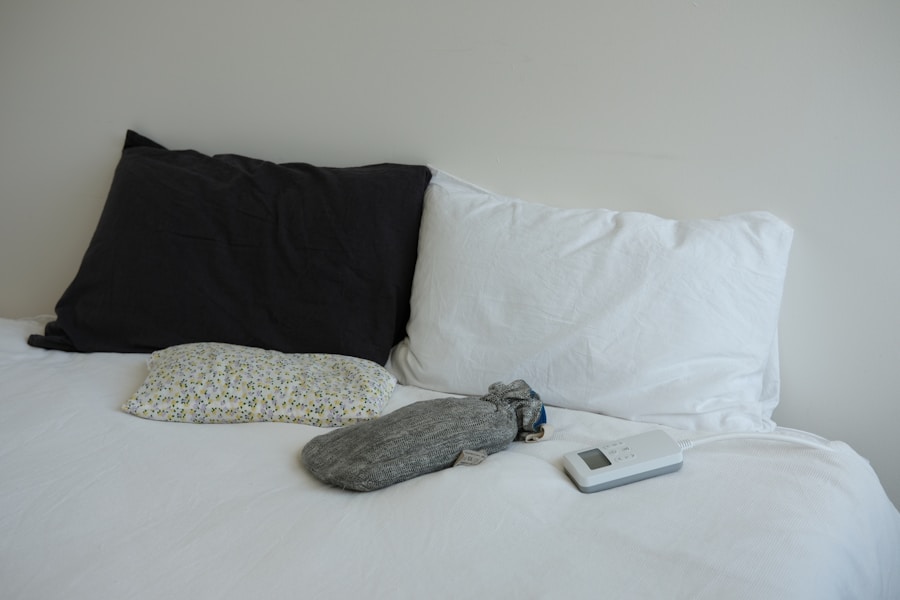Crate training is a popular and effective method for training dogs. It involves using a crate, which is a small, enclosed space, to provide a safe and secure environment for your dog. The crate can be used for a variety of purposes, including house training, preventing destructive behavior, and providing a safe space for your dog when you are not home. Crate training can also help with separation anxiety and can be a useful tool for traveling with your dog. When done correctly, crate training can be a positive experience for both you and your dog.
Choosing the Right Crate
When it comes to crate training, choosing the right crate is essential. The crate should be large enough for your dog to stand up, turn around, and lie down comfortably, but not so large that it allows for your dog to use one end as a bathroom and the other as a sleeping area. There are different types of crates to choose from, including wire crates, plastic crates, and soft-sided crates. Each type has its own advantages and disadvantages, so it’s important to consider your dog’s needs and your own preferences when selecting a crate. It’s also important to consider the size of your dog and how much space you have in your home when choosing a crate.
Creating a Positive Association with the Crate
One of the most important aspects of crate training is creating a positive association with the crate for your dog. This can be done by making the crate a comfortable and inviting space for your dog. You can do this by placing soft bedding, toys, and treats inside the crate to make it a pleasant place for your dog to be. It’s also important to introduce the crate to your dog gradually and in a positive way. You can do this by leaving the door open and allowing your dog to explore the crate at their own pace. It’s important to avoid forcing your dog into the crate or using it as a punishment, as this can create negative associations with the crate.
Establishing a Routine
Consistency is key when it comes to crate training. Establishing a routine can help your dog feel more comfortable and secure in their crate. This can include feeding your dog their meals in the crate, as well as providing them with toys and treats while they are in the crate. It’s also important to establish a routine for when your dog is let out of the crate, such as taking them outside for a bathroom break or going for a walk. By establishing a routine, you can help your dog feel more secure and comfortable in their crate.
Another important aspect of establishing a routine is being consistent with the amount of time your dog spends in the crate. It’s important to gradually increase the amount of time your dog spends in the crate, starting with short periods and gradually working up to longer periods. This can help your dog become more comfortable with being in the crate and can help prevent separation anxiety.
Making the Crate Comfortable
Making the crate comfortable for your dog is essential for successful crate training. This can include providing soft bedding, toys, and treats inside the crate to make it a pleasant place for your dog to be. It’s also important to ensure that the crate is located in a quiet and comfortable area of your home, away from any loud noises or distractions. You can also cover the crate with a blanket or towel to create a den-like environment for your dog.
It’s also important to make sure that the crate is clean and well-maintained. This can include regularly cleaning the bedding and crate itself, as well as providing fresh water for your dog while they are in the crate. By making the crate a comfortable and inviting space for your dog, you can help them feel more secure and relaxed while they are in the crate.
Using Crate Training for Potty Training
Crate training can be an effective tool for potty training your dog. By using the crate as a way to control your dog’s access to the house, you can help prevent accidents and encourage them to hold their bladder until they are let outside. When using the crate for potty training, it’s important to establish a routine for taking your dog outside for bathroom breaks, as well as providing them with plenty of opportunities to go outside.
It’s also important to pay attention to your dog’s behavior while they are in the crate. If they start whining or scratching at the door, it may be a sign that they need to go outside. By paying attention to these cues and being consistent with taking your dog outside, you can help them learn to associate going outside with going to the bathroom.
Avoiding Common Mistakes
While crate training can be an effective tool for training dogs, there are some common mistakes that should be avoided. One of the most common mistakes is using the crate as a form of punishment. This can create negative associations with the crate and can make it more difficult to train your dog to use it effectively.
It’s also important to avoid leaving your dog in the crate for extended periods of time without breaks. This can lead to anxiety and stress for your dog, as well as potential health issues. It’s important to gradually increase the amount of time your dog spends in the crate and provide them with plenty of opportunities for exercise and bathroom breaks.
Another common mistake is not being consistent with the use of the crate. It’s important to establish a routine and be consistent with how you use the crate, as this can help your dog feel more secure and comfortable in their crate.
In conclusion, crate training can be a valuable tool for training dogs when done correctly. By choosing the right crate, creating a positive association with the crate, establishing a routine, making the crate comfortable, using it for potty training, and avoiding common mistakes, you can help ensure that crate training is a positive experience for both you and your dog. With patience and consistency, you can help your dog learn to see their crate as a safe and secure space where they can relax and feel at ease.






Private color consultation has become remarkably reachable with virtual applications and quizzes that help identify whether you’re a Bright season, Cool season, Rich palette, or Dramatic palette season. I lately utilized a hue assessment tool and found out I’m a Muted Fall https://color-analysis-online.org, which showed why grounded, muted hues like heated taupes and olive hues seem so much superior on me than bright, crisp colors. The Dramatic Winter and Summer hue ranges are remarkably stunning – Dramatic categories can pull off powerful differences and vibrant pigments, while Gentle categories look wonderful in subtle, cold pastels and wine tones. If you’re finding difficulty to pinpoint flattering hues or hope to refine your fashion items, I enthusiastically recommend using an digital hue assessment tool or looking for “regional chromatic service” to connect with a regional consultant.